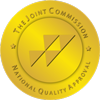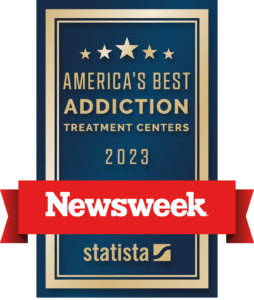Poverty and Substance Misuse: How Poverty Feeds Addiction in America
Poverty affects millions of Americans every year. Poverty USA reports in 2018, over 38 million people struggled with a lack of food, lack of housing, and financial security. These struggles often lead to substance misuse. Additionally, the lack of resources and treatment for poverty and substance misuse keeps the issues feeding off each other.
For example, the Missouri poverty rate in 2018 was 13.2 percent. There were also almost 400,000 residents struggling with substance use disorder. In St. Louis, they have the highest annual drug deaths in the state; poverty rates were nearly 22 percent.
What is Poverty?
When a person makes under the Federal government’s poverty threshold, around $25,000 for a family of four-they live in poverty. Unfortunately, many families struggle to pay bills with the cost of housing, food, clothing, and other necessities.
Substance misuse often leads to financial struggles. However, living in poverty can also cause many people to turn to drugs or alcohol to cope with their mental struggles. Once caught up in the dangerous spiral, it becomes harder to get away from poverty and substance misuse.
Food Insecurity and Poverty
In 2018, the USDA estimated 11.1 percent of American households were food insecure. This means 14.3 million households struggled to provide enough food for all members in the house. This number is substantially higher in people living below the poverty line.
Social Struggles of Poverty
- Low education
- Low-level job skills
- High dropout rates
- High unemployment rates
- High levels of underemployment
- Poor health
- Poor mental health
While all of these characteristics can cause issues in life, they do not define a person’s intelligence. Furthermore, a person’s compassion, attitudes, and behaviors generally are not defined by money or material objects.

How Does Poverty Increase Substance Misuse?
Every single day people face difficult and stressful situations. And many people can healthily handle stress. However, the struggles of poverty are more than the everyday struggles and often lead to misusing drugs and alcohol.
Stress, Poverty and Substance Misuse
Stress is a significant risk factor for substance misuse and recurrence of use of treatment. According to the American Psychological Association (APA), money isn’t the only stress in poverty. Poverty creates a “context of stress.”
People living in poverty often face family violence, conflict, lack of food, and losing their homes. These stresses combined are called poverty-related stress. They increase the risk of struggling with both poverty and substance misuse as people try to escape their problems.
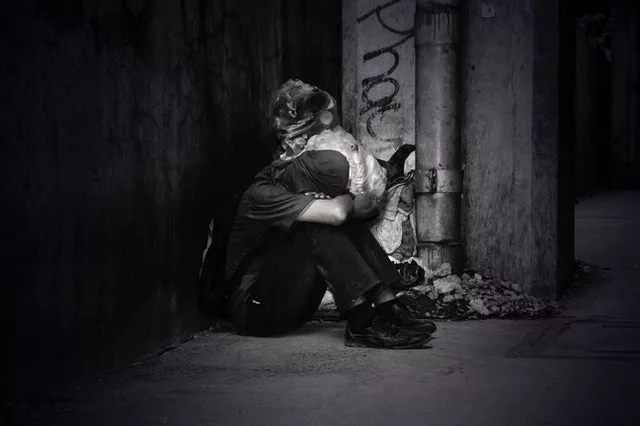
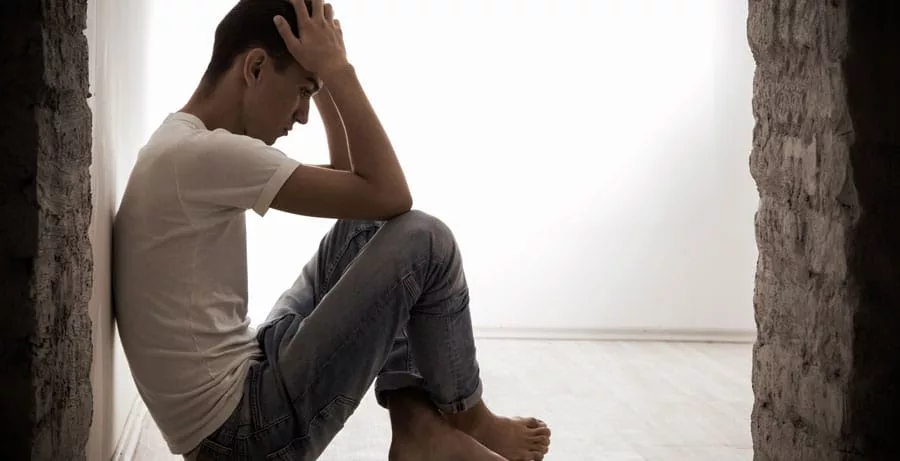
Feelings of Hopelessness in Poverty and Substance Misuse
Typically, people grow up with dreams, aspirations, and goals for their life. No one grows up planning to live in poverty. So, when it becomes difficult to meet their daily needs, their dreams seem impossible. The feeling of being powerless over life often leaves them vulnerable to substance misuse.
Decreasing Self-Esteem in Poverty Increases Substance Misuse
Today’s culture puts a high value on having financial success and material possessions. So, a lack of these things can be a blow to their self-esteem for those living in poverty. Feelings of guilt and shame increase the risk of using drugs or alcohol.
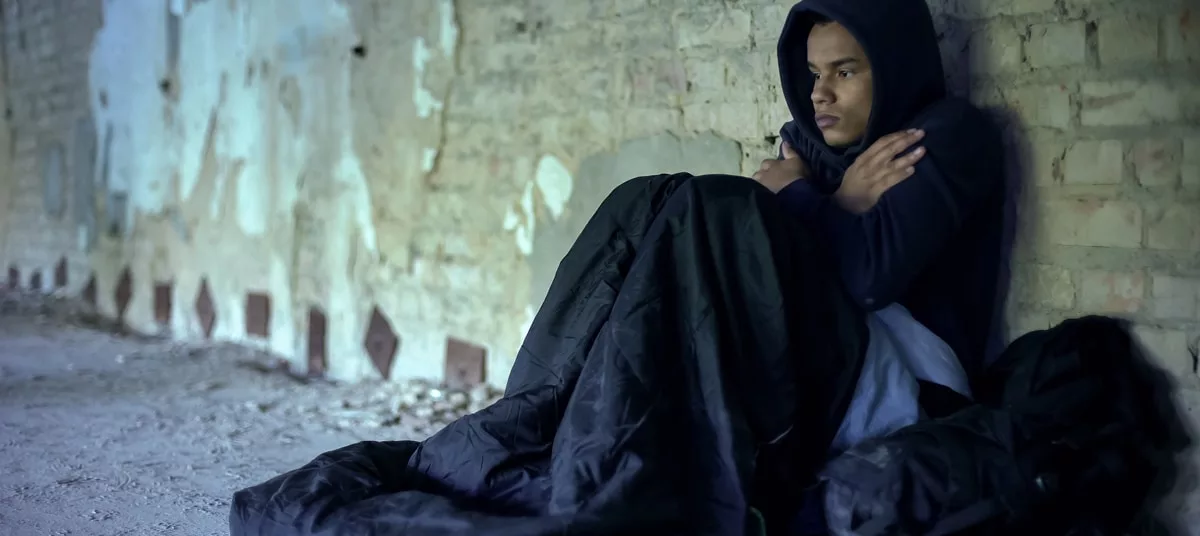
Poverty Often Leads to a Lack of Social Support
For example, a study by UCLA found people with lower incomes are less likely to marry than higher-income people. Not because they value marriage less, but they have less time and money to socialize.
Poverty Reduces Access to Healthcare
The number of uninsured adults is increasing. In 2019, 73.7% of people stated the main reason being the cost is too high. For example, in 2019, 28.9 million nonelderly Americans were uninsured. This number is 1 million more than in 2018.
When people are uninsured, they often forego needed medical treatments. Medical bills can be overwhelming even with insurance. However, without insurance, it can eat up any extra money in savings. Coping with the stress of medical bills when already struggling to buy food can increase the risk of substance misuse.
Mental Health and Poverty
An individual’s mental health is shaped by the social, economic, and environmental conditions in which they are born and raised. Furthermore, the NIH states poverty and deprivation are detrimental to children’s and adults’ mental health.
There was an estimated 9.8 million people struggling with a serious mental illness in 2015. Of this number, 2.5 million were below the poverty level. That is compared to the 3.1 percent of people with mental illness living above the poverty line.
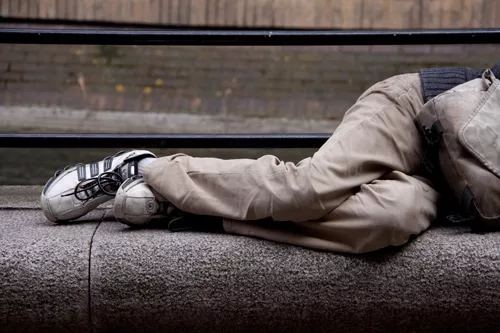
Substance Misuse Leads to Unemployment and Poverty
Although poverty may lead to substance misuse, substance misuse can lead to poverty. Misusing drugs or alcohol can affect job performance and attendance leading to job loss. Being fired for these reasons can hinder finding employment which increases the risk of poverty and substance misuse.
Alternative Methods of Making Money Increases Substance Misuse
Those living in poverty need to make money. Because of a lack of job skills or education, they often start dealing drugs. But, this leads to a whole new set of problems.
Dealing drugs increases access and temptation to misuse the substance. Furthermore, parents who sell drugs often do so in front of their children. Although it doesn’t mean children will struggle with addiction, it does increase their risk of substance misuse.
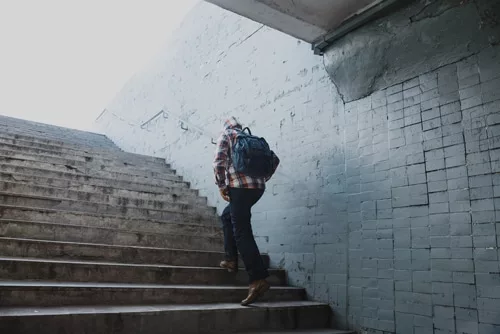
Access to Treatment: A Challenge in Poverty and Substance Misuse
Furthermore, people living in poverty have responsibilities such as a job or children to raise. Childcare is expensive and often unaffordable. But what about public resources and free treatment programs?
A lack of money, health insurance, and lack of knowledge about resources reduce the chances of seeking substance use disorder treatment. Even when there are resources within the community, many people struggling with poverty don’t know about the programs.
The Cost of Substance Use Disorder Treatment
The cost of treating a substance use disorder can vary based on several factors, including:
- Inpatient or outpatient treatment
- The length of stay
- The type of facility – government-funded, hospital, or privately-funded
- Co-occurring disorders or a dual diagnosis
- The amenities
- The location of the facility
The Affordable Care Act, Poverty and Substance Misuse Treatment
The cost of insurance is so high it is often a luxury many can’t afford. Low-income families and those living in poverty often can’t afford insurance. The Affordable Care Act offers affordable insurance. However, even those prices can be more than someone can afford. And, without insurance, a person who can’t buy food can’t pay for treatment.
Government Help for Substance Use Disorder Treatment
Many state and local governments provide addiction treatment through public treatment facilities. These centers offer treatment at little or no cost to those who can not afford it. Typically, these programs provide inpatient and outpatient treatment options.
However, a person must typically prove the following things to qualify for assistance:
- Proof of residency
- Lack of insurance and income
- Legal U.S. citizen
- A need for treatment
Why is Access to Substance Use Disorder Treatment Essential?
Although substance use disorder creates a ripple effect, so does a lack of access to treatment. A lack of access to treatment means more people fall into poverty, and overdose deaths keep rising. So, how do you get access to low-income and impoverished individuals?
Medicaid provides healthcare for low-income individuals and families. However, improvements need to be made to the substance use and mental health disorder treatment coverage. Why is it that only 2.6 million people sought treatment in 2019 out of 22 million people struggling with substance misuse?
- End generational poverty and substance misuse
- Improve the mental health of adults and children
- Create stable housing and employment
- Improve the well-being of families
The Cycle of Poverty and Substance Misuse
No two substance use disorders are the same. Likewise, no two people are unlike. So, treatment plans must be individualized and address underlying issues.
For low-income individuals struggling with poverty and substance misuse, their treatment may include job skills training, resources for affordable housing, or healthy parenting skills. Having access to holistic therapies such as yoga and meditation can help heal the mind, body, and spirit and end poverty and substance misuse for an individual.
Overcome Poverty and Substance Misuse at Sana Lake
If you are ready to end the cycle of poverty and substance misuse, we can help. We work with community resources and programs to help our members overcome the financial struggles of poverty. Contact us today to find out more.
